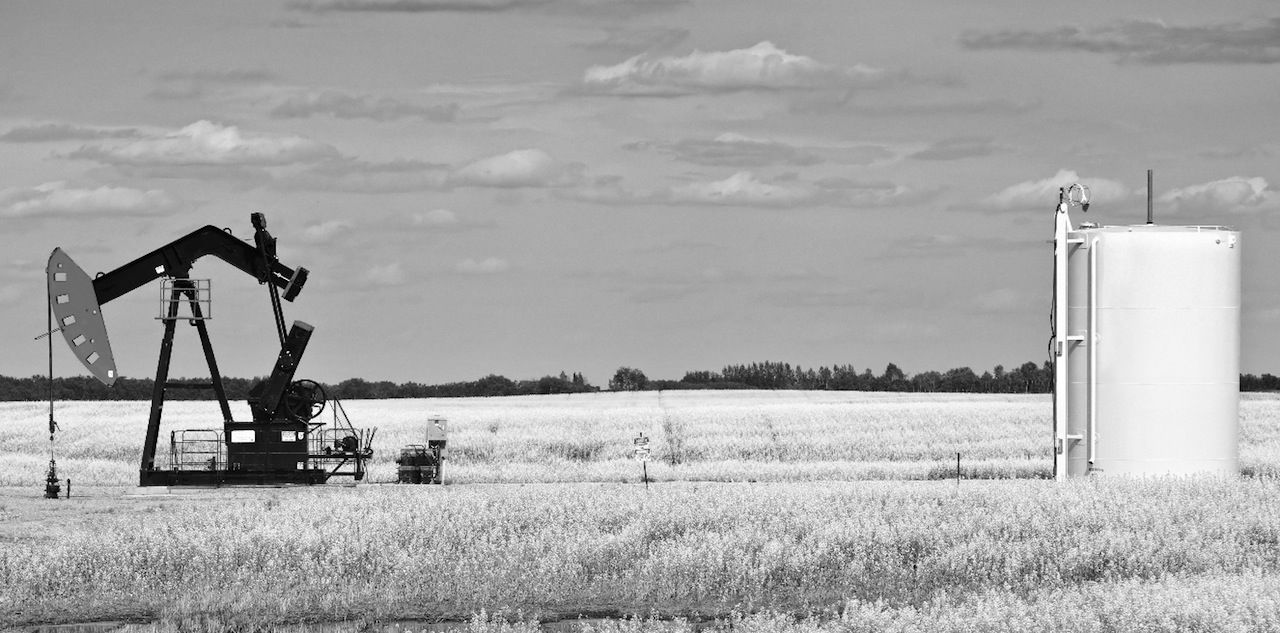Highlights
Highlights from the Census's newly released population estimates:
- In the year ending in July 2013, the U.S. recorded a record number of deaths but the fewest births since 1998, according to demographer Ken Johnson's analysis. Since the national population continues to grow, the increasing number of deaths is not a surprise; more problematic is the continuation of low fertility rates in the wake of the recession.
- Thanks to the oil and gas boom, North Dakota experienced the greatest percentage increase in population of any state, and oil- and gas-rich areas in and near the Great Plains accounted for six of the country's ten fastest-growing metro regions. According to early findings released yesterday from the 2012 Economic Census, "revenue for mining, quarrying, and oil and gas extraction grew 34.2 percent to $555.2 billion from 2007 to 2012," and the number of people employed in that area grew 23.3%.
- Despite the dominance of oil- and gas-rich areas, the number-one fastest-growing metro region from July 2012 to July 2013 was a retirement community: The Villages, Florida, which has been called Disney World for old people. As Baby Boomers continue to retire, at a rate of several thousand per day, areas like The Villages are apt to keep expanding.
- Urban expansion and rural decline continue: "U.S. metro areas with populations of 1 million or more in 2012 grew 1.0 percent, compared with 0.5 percent for those with populations of less than 250,000." For 45 of the 50 fastest-growing metro areas, that growth was due more to net migration than to the natural increase of births exceeding deaths.
- Meanwhile, more than 40% of counties are in neither a metropolitan area (defined by an urban core of greater than 50,000) nor a micropolitan one (urban core of 10,000 to 50,000)---and these less populated counties "had a collective population decline of 35,674 between 2012 and 2013, with more than six in 10 of [them] losing population."
- Between low fertility rates, the overall aging of the population, and domestic migration, deaths outnumbered births in 32% of the nation's counties (and almost 40% of rural counties).
Want to learn more? Data for individual states can be found here, and rankings of the largest and fastest-growing areas here.















